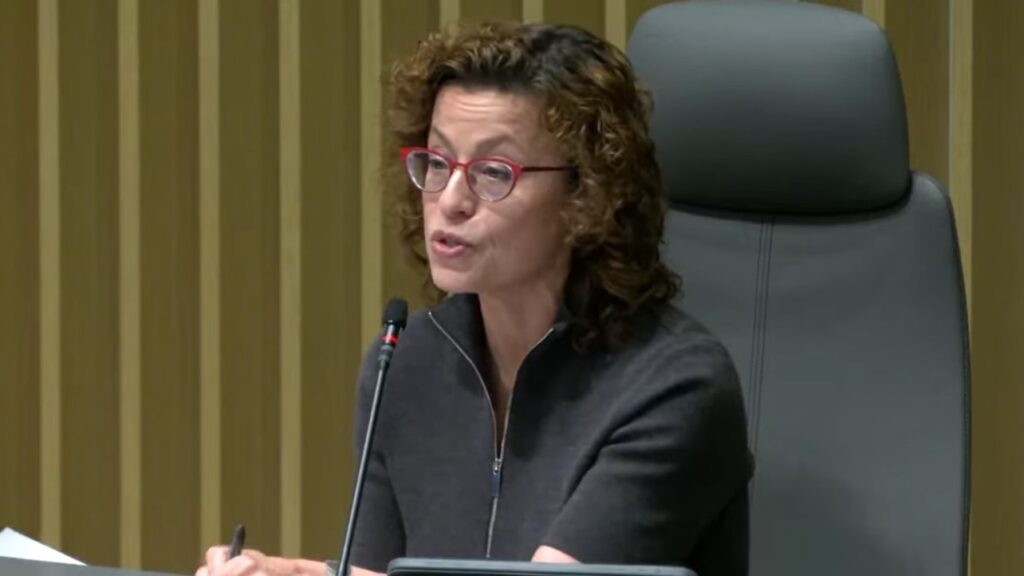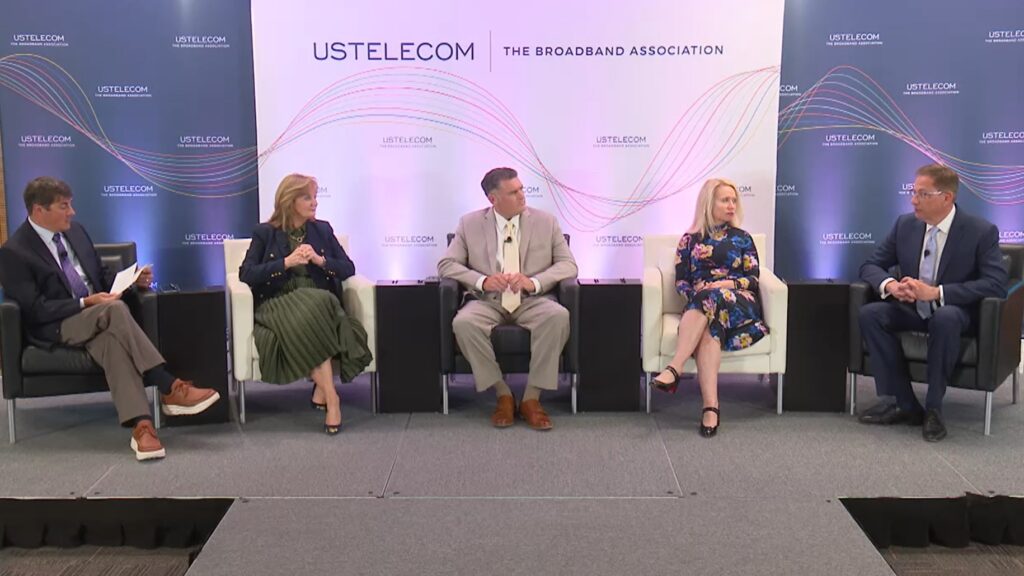The Opportune Time for Broadband Partnerships in Many Styles
Randy Sukow
|

Broadband partnerships are forming throughout rural America in many varieties. There are alliances of telephone companies, electric cooperatives, government entities, and others in the community who all have an interest in bringing high-speed internet to their communities. NRTC, NTCA-The Rural Broadband Association, and NRECA each contributed speakers earlier this week to an online panel that focused on two partnership structures now leading fiber construction projects.
NTCA CEO Shirley Bloomfield noted that it wasn’t her first time delving into broadband partnerships. NTCA, NRTC and NRECA were three of the sponsors of the Electric-Telco Partnership Summit, a February 2015 gathering that urged cooperatives to work together. The summit even led to brief to a website to help electrics and telcos form partnerships, described as a sort of Match.com for rural broadband … “an idea that I think was a little bit ahead of its time,” she said.
The world has changed significantly since 2015. The demand for broadband has increased each year. The lack of high-speed service in much of rural America became a significant issue during the COVID pandemic, leading Congress to approve tens of billions of dollars in new funding for network construction. Some of the new programs actively encourage applicants to form partnerships.
“We are on the cusp of the largest distribution of federal funding for broadband infrastructure and deployment that I will certainly ever see in my lifetime,” Bloomfield said. “The opportunity is now to connect all Americans to high-speed internet, no matter where they live, and particularly in the most rural and difficult-to-serve communities.”
In 2019, NRTC’s Greg Santoro, senior VP and Chief Marketing and Strategy Officer, heard about a plan to organize broadband projects in his home state of Vermont through Communications Union Districts (CUDs), groups of small towns in a region that join to undertake large-scale projects. “The first person I called to learn a little bit more about what was going on,” said Santoro was Kurt Gruendling, VP, Marketing and Business Development for Waitsfield and Champlain Valley Telecom (WCVT). “We’ve had a long relationship with WCVT. And we really felt like this may be an opportunity to work together.”

“The state thought these quasi-municipal entities could go out to the municipal bond market, and that’s how they were going to capitalize and fund these projects,” said Gruendling, who appeared with Santoro on the panel. WCVT has since formed three partnerships with three districts, one of which overlaps its own Western Vermont telco/internet service area, and the others operating in other parts of the state.
The partnerships have had some challenges. Each participating town chooses voting delegates and alternate voting delegates to the CUD to decide important questions. That could amount to a handful of delegates or dozens, depending on the size of the CUD, and most of them are volunteers from their communities. Building relationships, Gruendling said, is the best way of meeting the challenge, much as it is in forming any partnership.
WCVT’s projects with the CUDs are at an early phase but are moving forward in spite of any government structure, terrain, or weather challenges. In one case, WCVT and NRTC applied jointly to the CUD for a project serving the state’s northeast region. “These are greenfield fiber optic networks, which is fantastic … You know, it’s really nice to work on multiple projects where we provide the customer 10 Gig XTS PON and think about what this could look like,” Gruendling said.
Electric co-op’s have brought another level of creativity to partnerships as well. They actively seek the best available companies for partnerships. “All [electric co-op broadband projects] share one commonality … they can’t do it alone. No one succeeds building out a broadband project alone,” said NRECA Chief Operating Officer Jeffrey Connor.
Appalachian Electric Cooperative (AEC) in Tennessee determined early in its analysis business that they could not do broadband alone. “We just really were not comfortable getting into that new competitive business,” said Blake McNew, director of AEC’s Fiber Services. Electric cooperatives in Tennessee were prohibited from providing broadband service until a change in state law in April 2017. AEC’s first move was to begin searching for broadband partners. It sent an informal request to 33 internet providers, followed by a more formal Request for Proposals.
Ultimately, it chose to work with an alliance of three nearby telephone cooperatives – DeKalb, Highland and Twin Lakes – that are currently known as Trilight Fiber. “They were three cooperatives just like us, we had a similar value system. And we just we trusted them to give our members the level of service that we that we expect,” McNew said.
With the partnership established, Trilight went forward as many electric/telco partnerships have, with each entity doing what it did best. “When we were doing our Request for Proposal, we made it pretty clear, we want to build the plant and lease to an existing internet service provider,” McNew said. “We made it clear that they would be responsible for all aspects of customer service, tech support, and marketing … [The telcos] were totally fine with that.”
So far, the partnership is serving nearly 30,000 homes after three years of operation. The plan calls for the group to pass the final 25 percent of AEC’s service territory by the end of 2023. Beyond that, he said that neighboring electric utilities “are very interested in partnering with [Trilight]. And of course, the federal dollars coming down in the last couple of years have made that even more fantastic.”
NTCA has posted a recording of the webcast on its website and YouTube. In addition, NTCA also has published an issue brief, “Partnership Opportunities for Rural Broadband Deployments.”


